Hevea - pacifiers for a better environment

Latest news
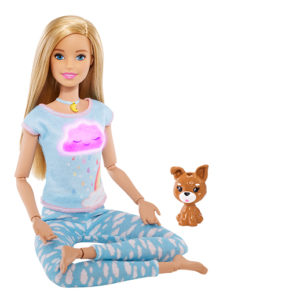
-ADVERTISEMENT- The wellness and fitness trend has arrived in the …
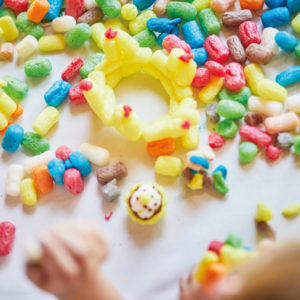
The fight against environmental destruction and the climate crisis are …

Anyone looking for new products in the field of toys, …
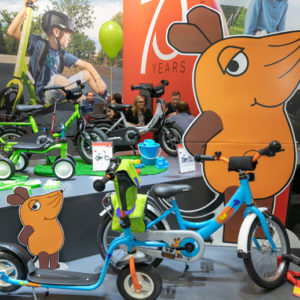
It is a market with huge dimensions and great potential. …
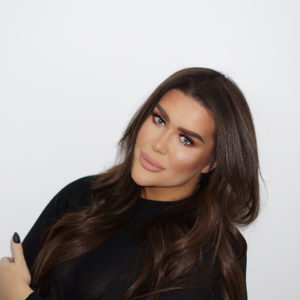
For companies, a social media presence has become indispensable and …
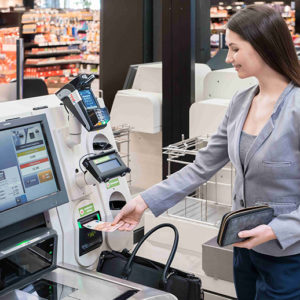
Hardly anything disturbs customers as much as waiting at the …

Research by TV station RBB has shown that some outlet …
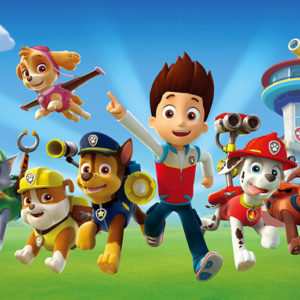
The industry association Licensing International (formerly LIMA) has honored outstanding …
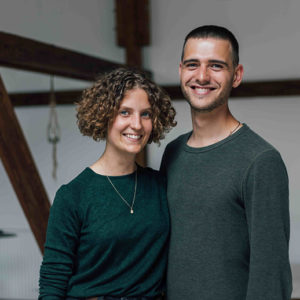
Communications manager Hannah König and managing director Stephan Schenk are …
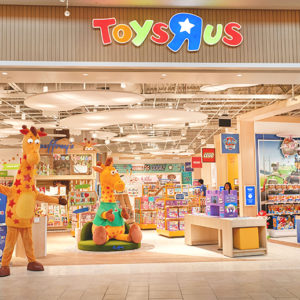
The toy dealer wants to leave his insolvency behind him. …
The world massively exposed to harmful effects of plastic. The Danish company Hevea has set itself the task of counteracting this and producing plastic-free soothers made of rubber. 100% natural and 100% biodegradable, they are committed to a better environment. We spoke to Torben Hoffeld, co-founder and communications director of Hevea.
In Germany alone, almost 38 kg of plastic is consumed per inhabitant per year and by 2015 alone 6.3 billion tonnes of plastic waste had been generated, of which only nine percent was recycled. Terese Hoffeld and her husband Torben Hoffeld did not want to reinforce this after the birth of their first child and founded the Hevea brand more than ten years ago. Instead of decomposable plastic, everything here is produced from biodegradable natural rubber. Even the packaging of the toys and pacifiers is made of environmentally friendly material. Luna Journal spoke to Torben Hoffeld, co-founder of Hevea, about environmental protection and the development of one of Hevea’s most popular products - the soother.
What is the philosophy behind Hevea?
Terese, my wife, and I founded Hevea ten years ago. Shortly after the birth of our first child, we noticed that there was simply nothing comparable on the market. With Hevea, we wanted to create products that would help our environment and make the earth and the future of our children a better place.
What are Hevea products made of?
They are made of natural rubber. In order to achieve this, small insertions are made in the surface of the trees and the juice is then “tapped” by hand. By the way, nothing happens to the trees - because too much juice is never extracted so that they can recover well.
How long can I use Hevea soothers made of this natural rubber?
According to international standards, soothers should be replaced every 6-8 weeks anyway - similar to toothbrushes, by the way. And that’s how long our products last. Unlike plastic, however, they start to “decompose” after a while. According to our tests it is the case after about eight years that they slowly “rot”. Plastic pacifiers, on the other hand, take up to 300 years and longer.
What are the differences between natural rubber and plastic?
Well, of course rubber is much more expensive than plastic - and you have to communicate this honestly. It is scooped by hand and brought to the factories by hand - it takes a lot of time. On the other hand, as already mentioned, it is simply much better for the environment. Not least because the rubber trees absorbs CO2 and therefore help combat global warming.
To which countries do you sell your products?
We currently sell our products in 150 shops and work with 18-20 different distributors.
What reactions do you get from customers to your products?
Especially in the early days, many customers were a little skeptical. The amber or yellow colours are not to everyone’s taste - that’s why we’re finally launching coloured pacifiers on the market. The material itself is also different from the well-known beautiful pink plastic pacifiers. When a baby chews on one of our soothers, it gets darker after a while, simply because it is a natural material. This is not dirt - it is normal wear and tear. But many of our customers first had to get used to it.
Do you think that our awareness of the harmful impact of plastic on our environment is increasing?
I very much hope so - and believe I can feel it. When we started ten years ago, we were one of the first brands to know natural rubber. But now there are more and more companies that use the material instead of plastic. Of course we can’t save the world with pacifiers, but we hope to make a small contribution so that our future generations can lead a good life.
You might be also interested in:
Go Green was the statement of the sixth Luna Journal Business Talk at the Supreme Kids
bio!TOY Conference for toys made of bio-based plastics
Link: heveaplanet.com
Image: hevea
//AB



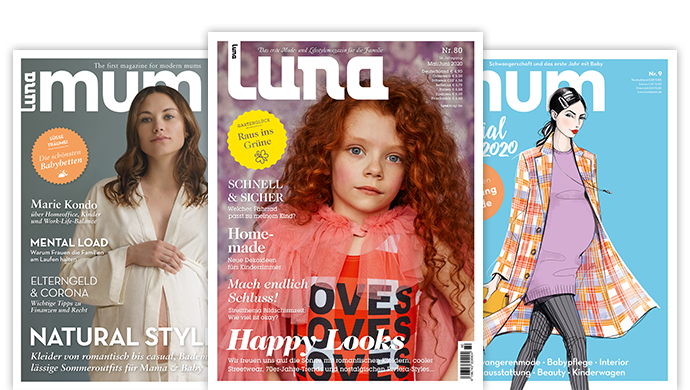
Leave a Reply